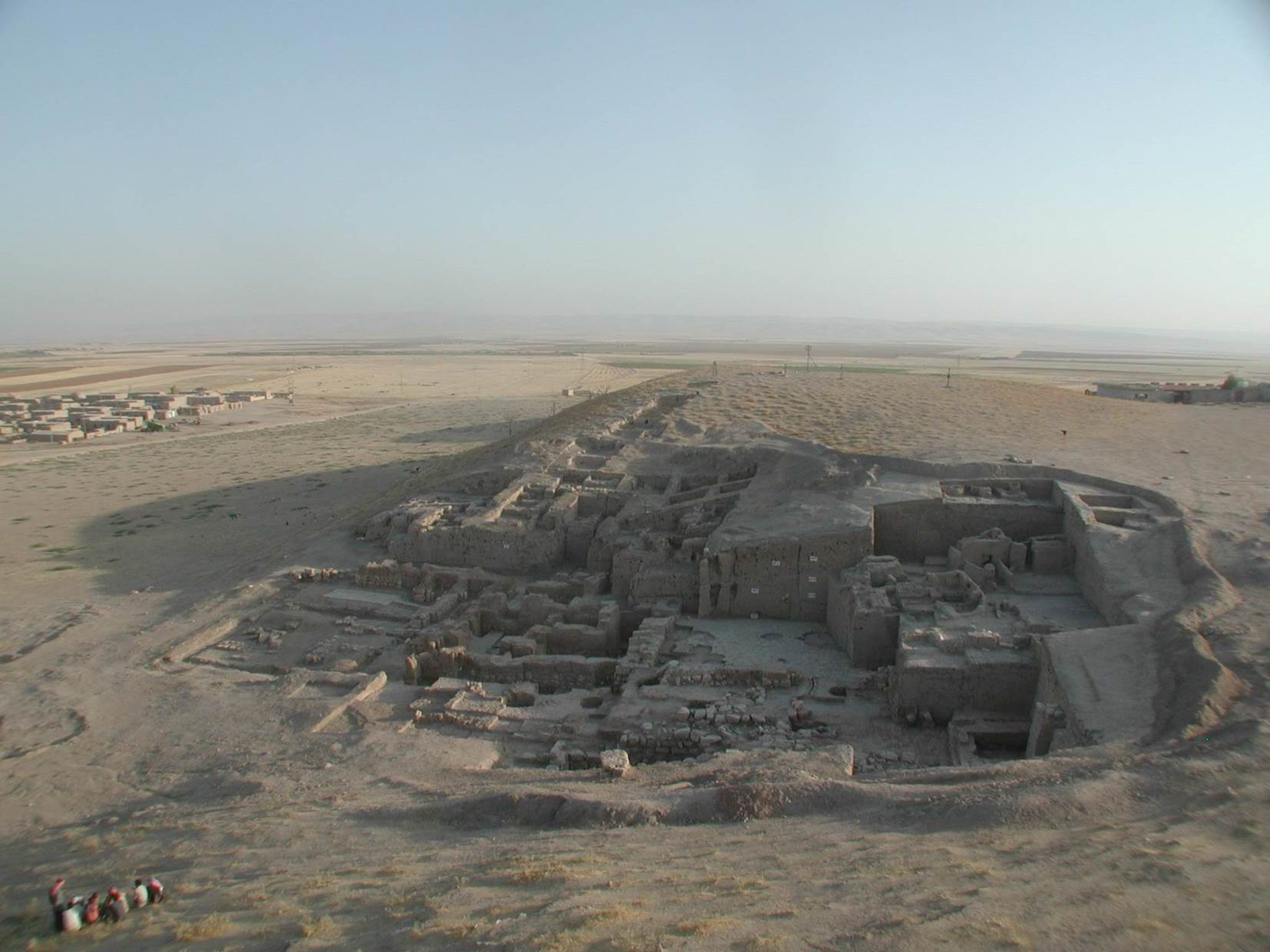A major trend in current archaeology is to recover the perceptual dimension of the ancients. The aim is to go beyond the factuality of the data, important though that is, and to recover, through arguable and documentable procedures, the human dimension. Architecture is a major factor in this effort, and exploring the full impact of its spaces and volumes is an intriguing task.Space, as an expression of the architectural volumes expressed in Mesopotamian palatial architecture, can seem an abstract, distant concept, visible but not understood, and lacking interaction. These volumes, however, carry a deeper meaning: they conditioned and were affected by the daily life of a civilization which is lost in a remote past. By analyzing these architectural spaces through diverse theoretical frameworks, one can go beyond mere space as a volume to a deeper recognition and understanding of what is contained.
Mesopotamian Palatial Architecture: Part I – A Study of Space
Federico Buccellati (Assistant Director, IIMAS, Los Angeles/ Art Histories Fellow 2015/16)
Forum Transregionale Studien, Wallotstr. 14, 14193 Berlin

Federico Buccellati (Art Histories and Aesthetic Practices Fellow 2015/16; Assistant Director, IIMAS) is a Near Eastern Archaeologist whose research focuses on monumental architecture, communication, theory and technology. He participated in archaeological fieldwork at the Mozan/ Urkesh Archaeological Project for over 14 years, and between the seasons of 2008-2010 he was the field director of the project.After growing up in Los Angeles he went for a year to the Paris Lodron Universität in Salzburg, Austria, to study Philosophy and German. That led to a BA from the Great Books program at St. John's College in Maryland, after which he moved to Germany to study Archaeology. After receiving a Magister in Near Eastern Archaeology and Philosophy from the Eberhard Karls Universität in Tübingen, Germany, he went on to get a PhD in Near Eastern Archaeology with a scholarship from the Research Training Group “Value and Equivalence” from the Goethe Universität in Frankfurt am Main, Germany. A grant-writing scholarship from the Research Training Group and a Seed Grant from the Goethe Universität followed.

